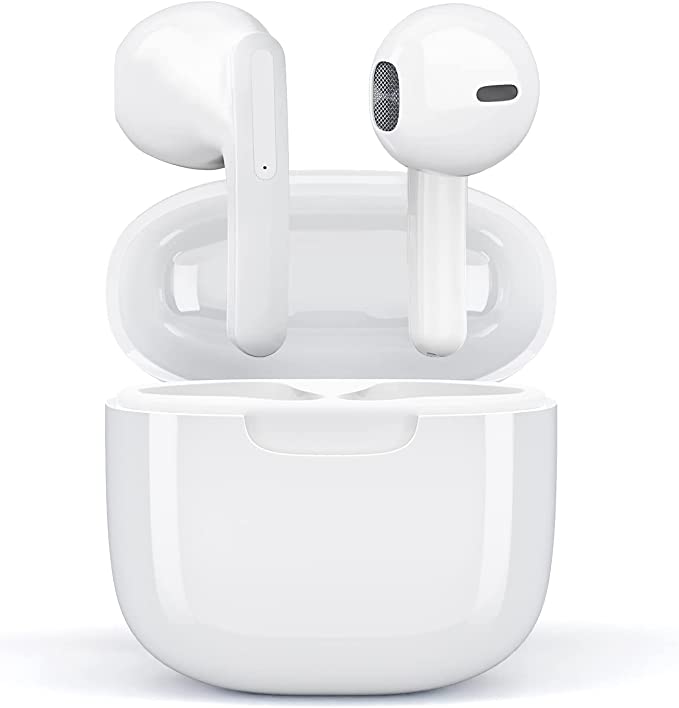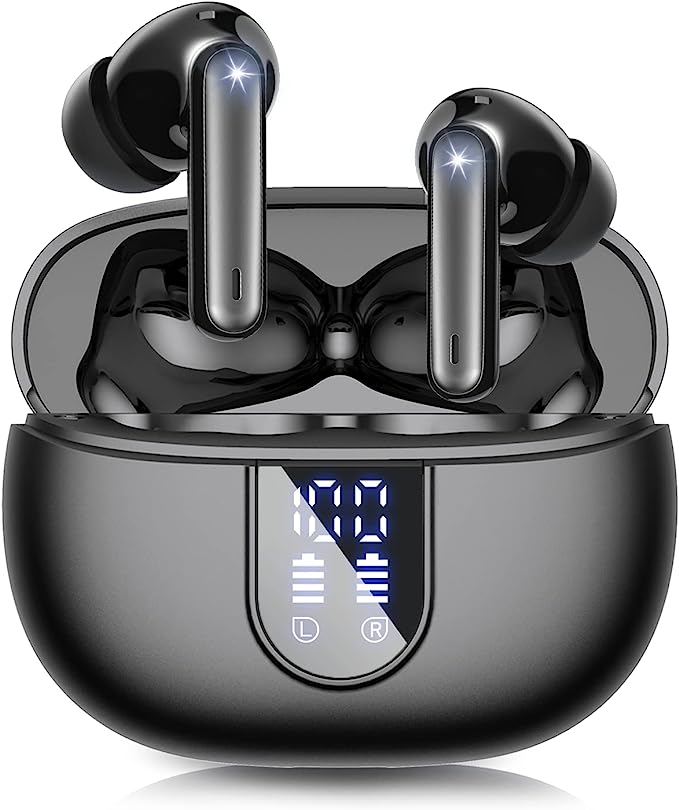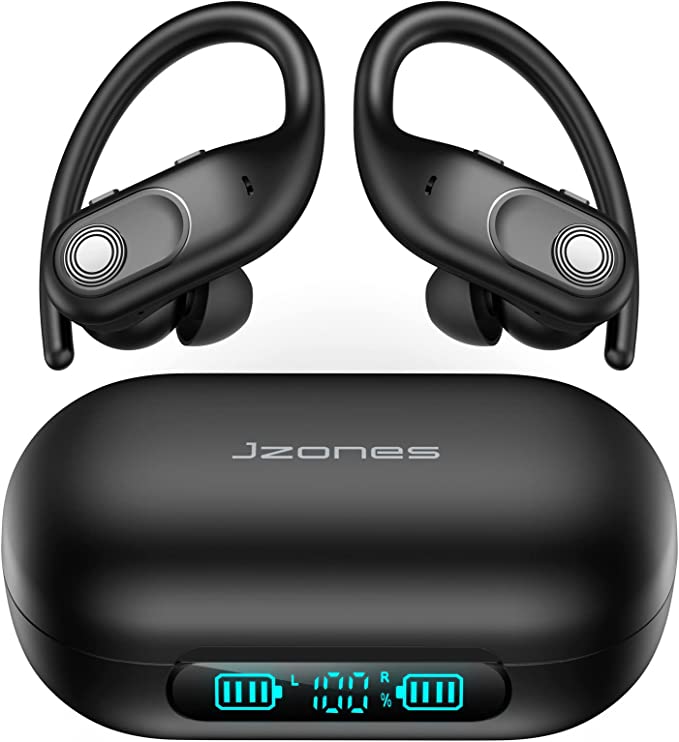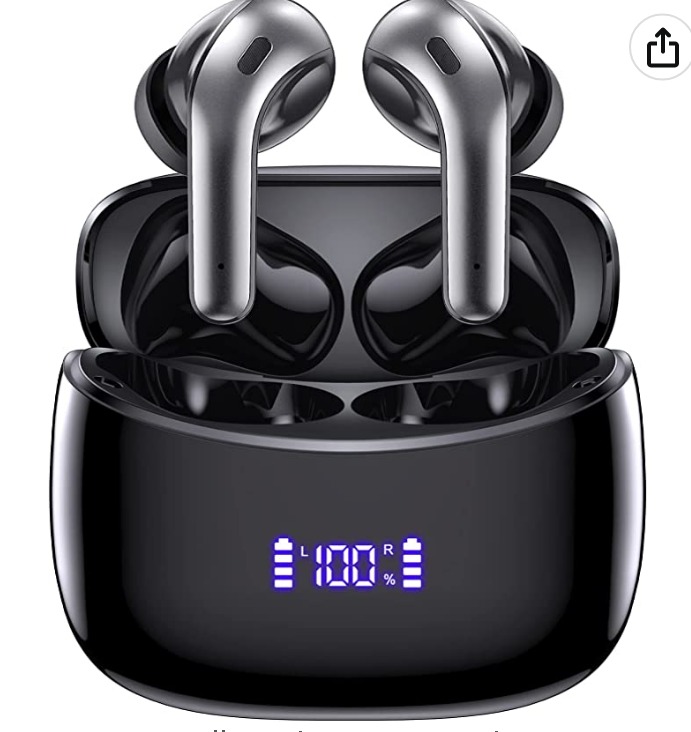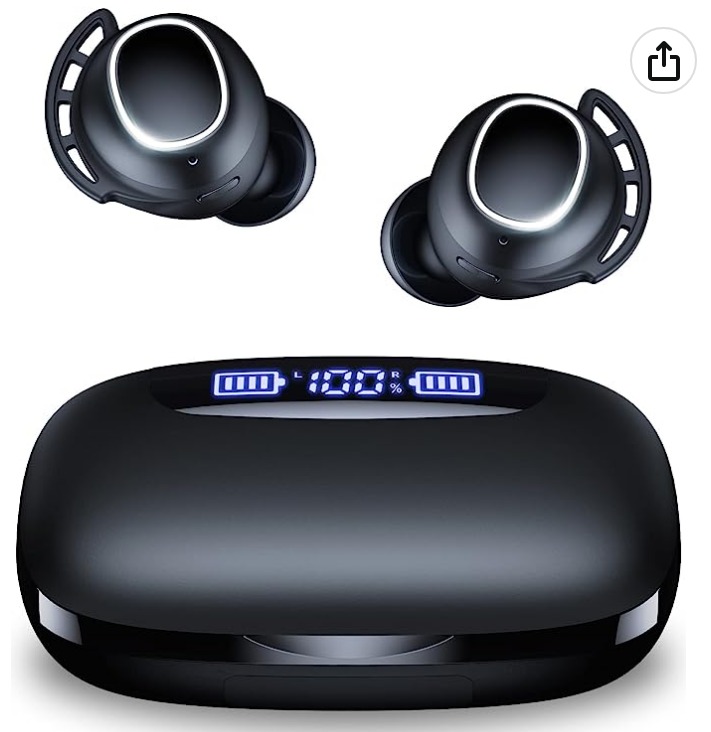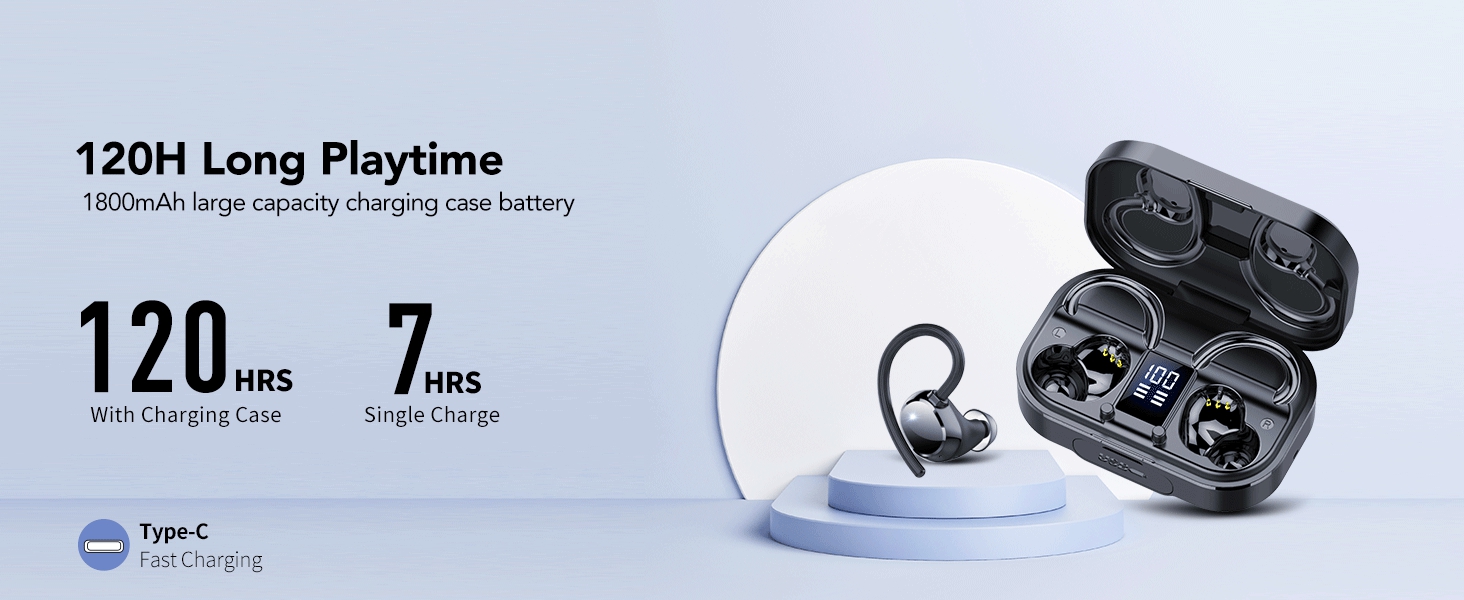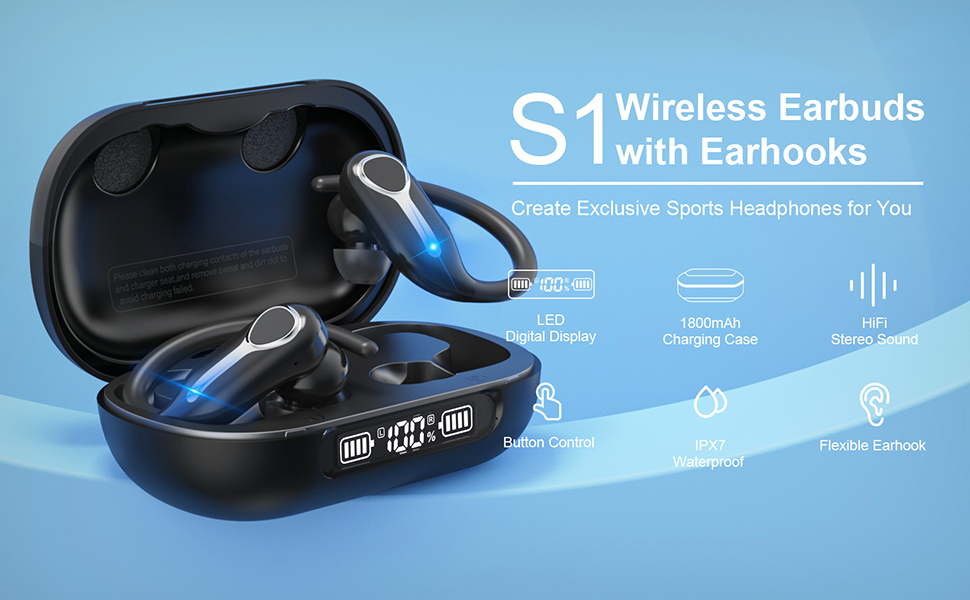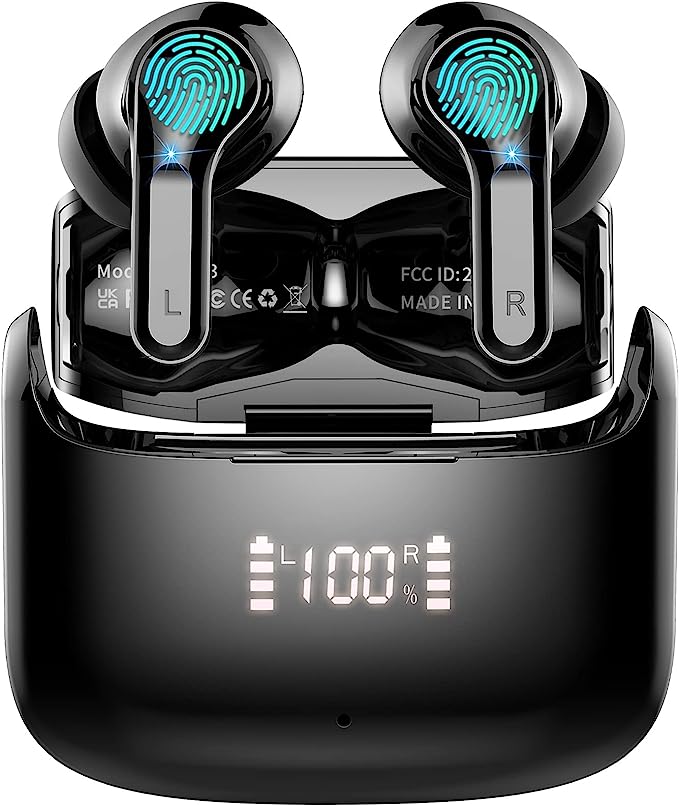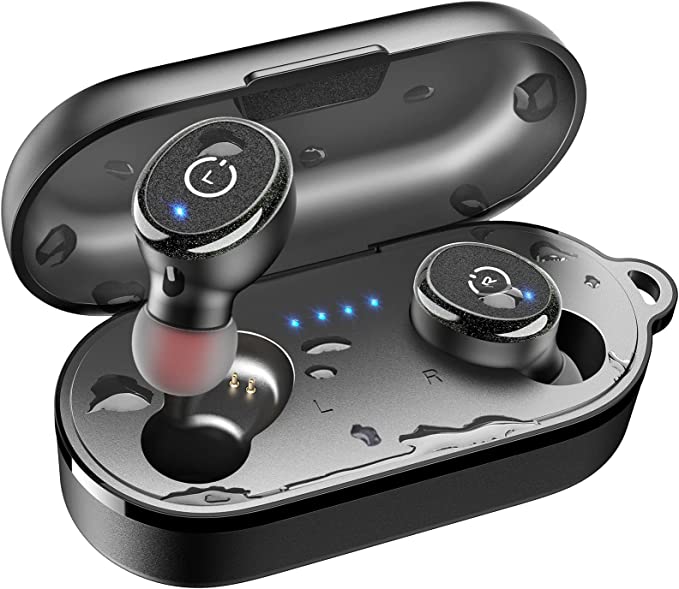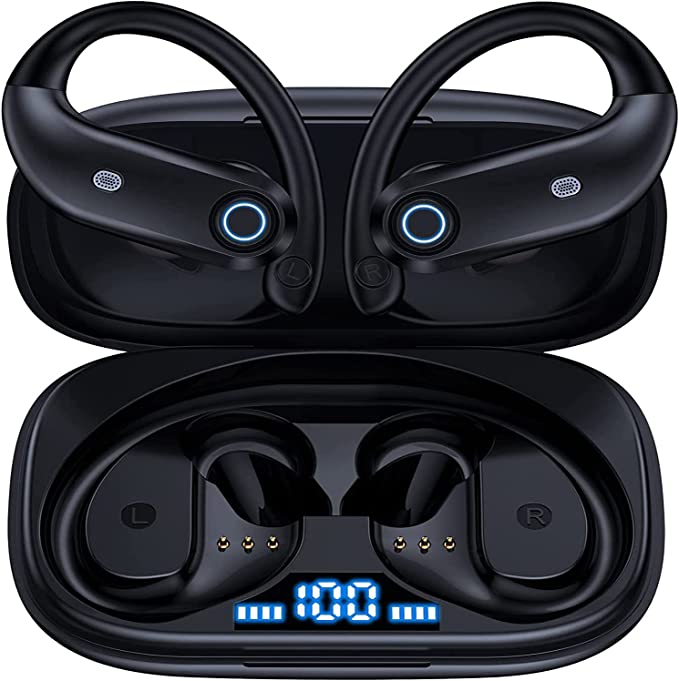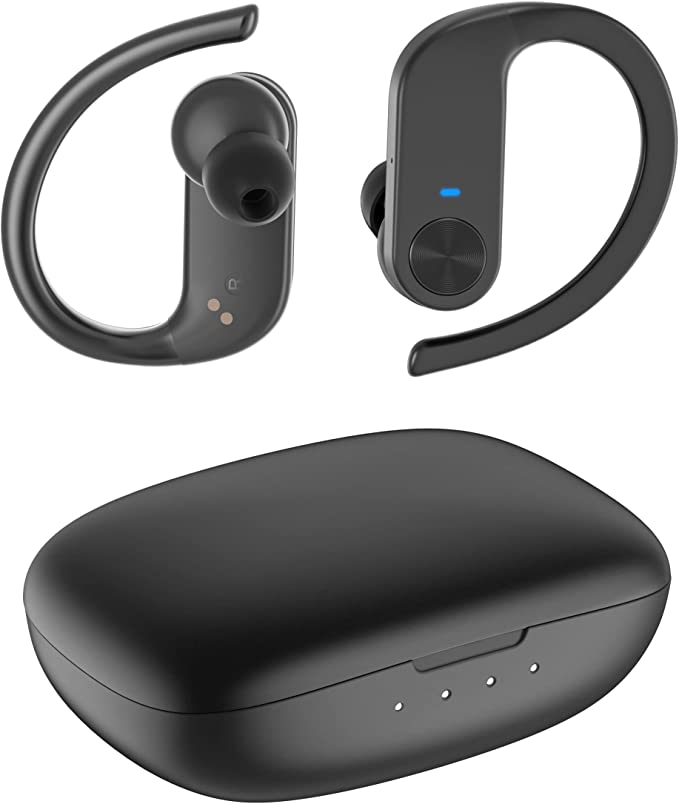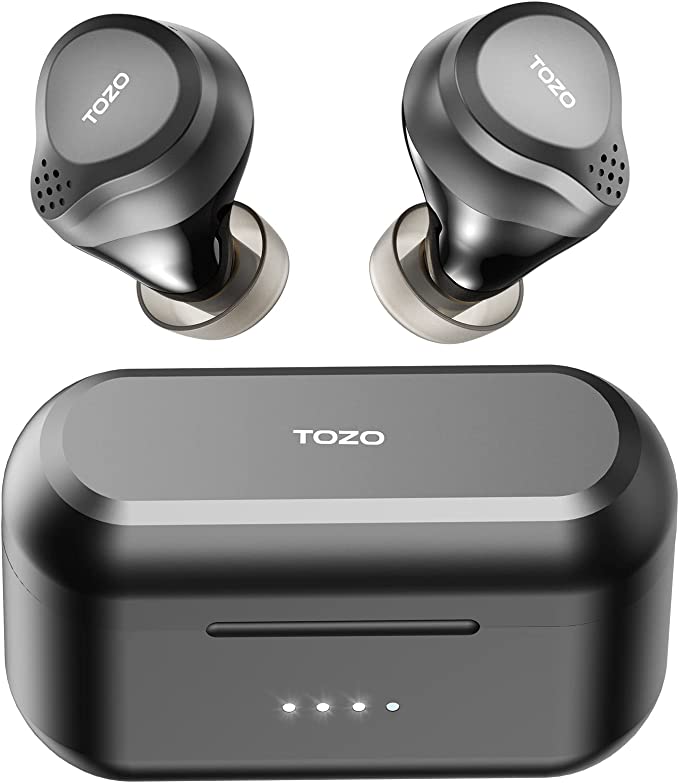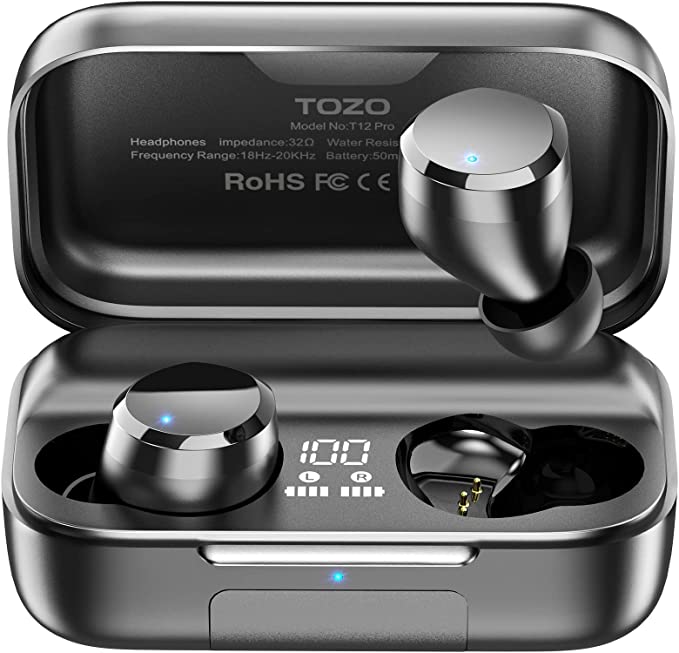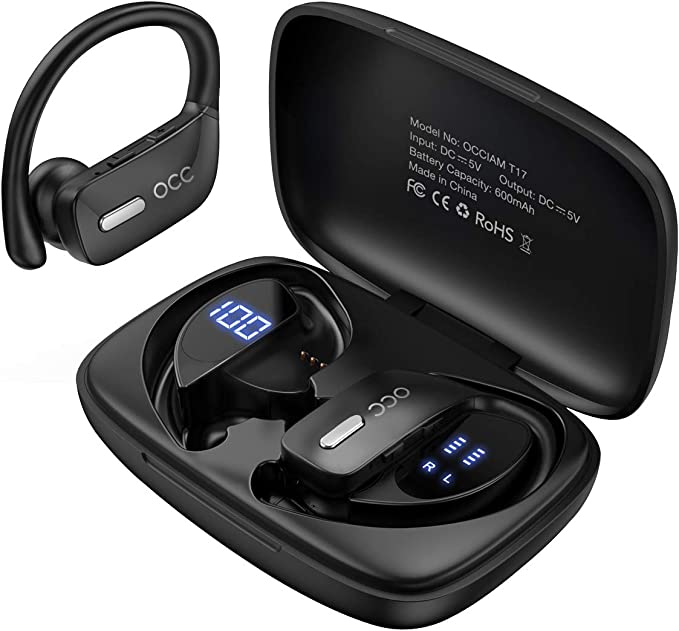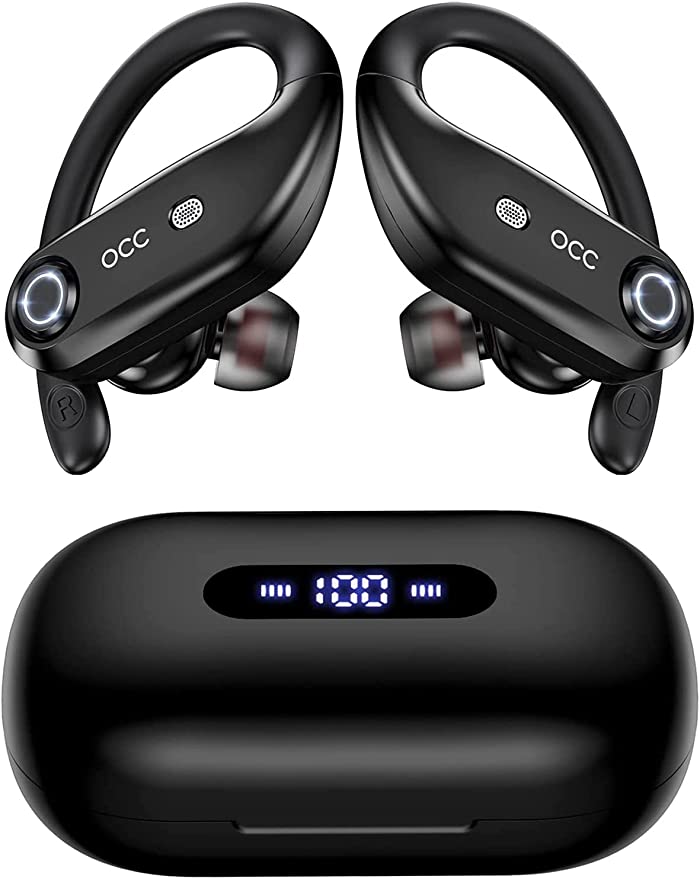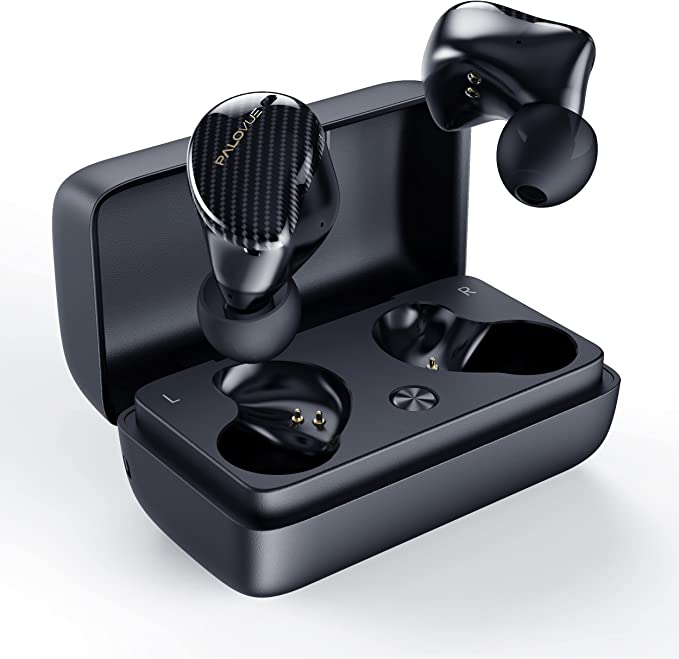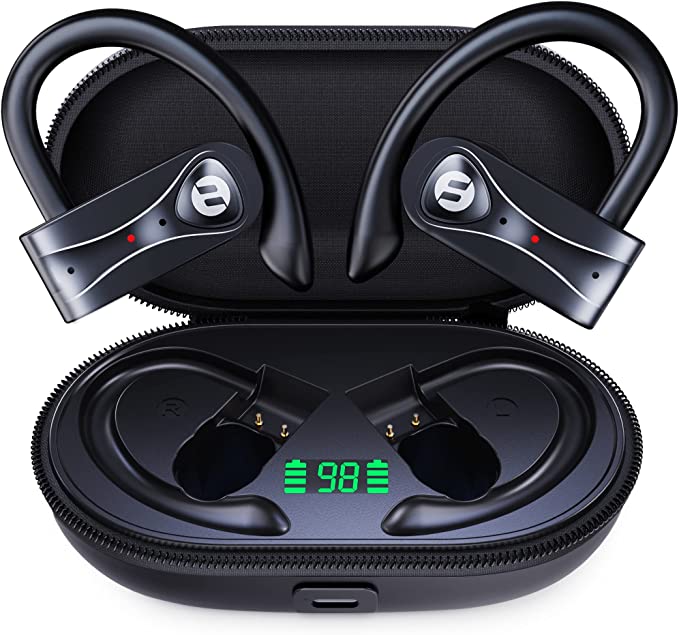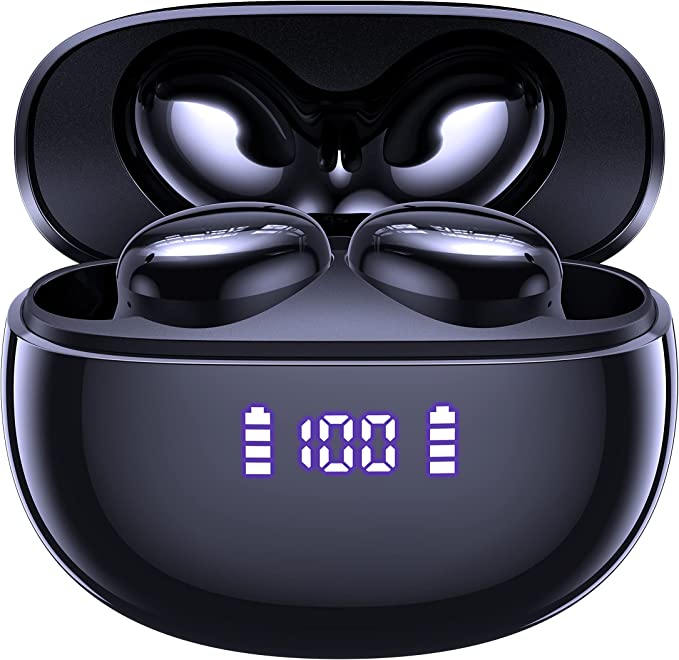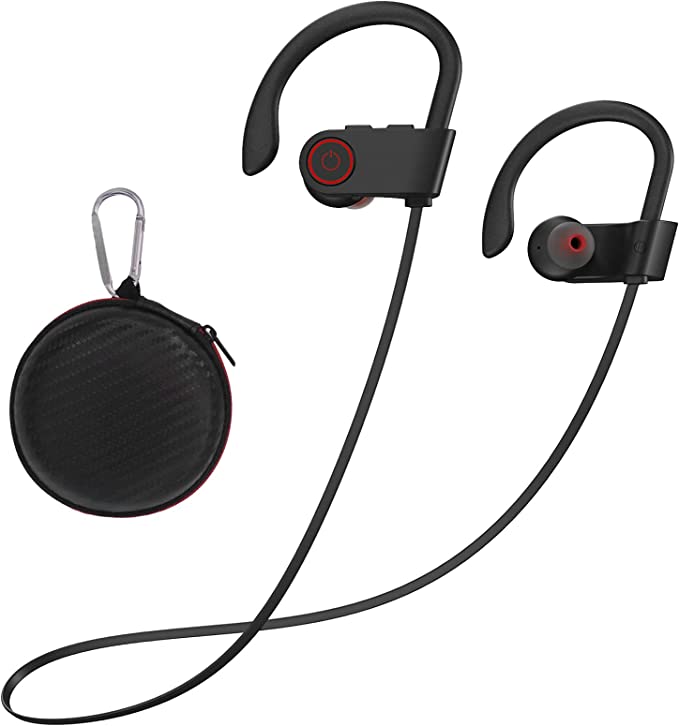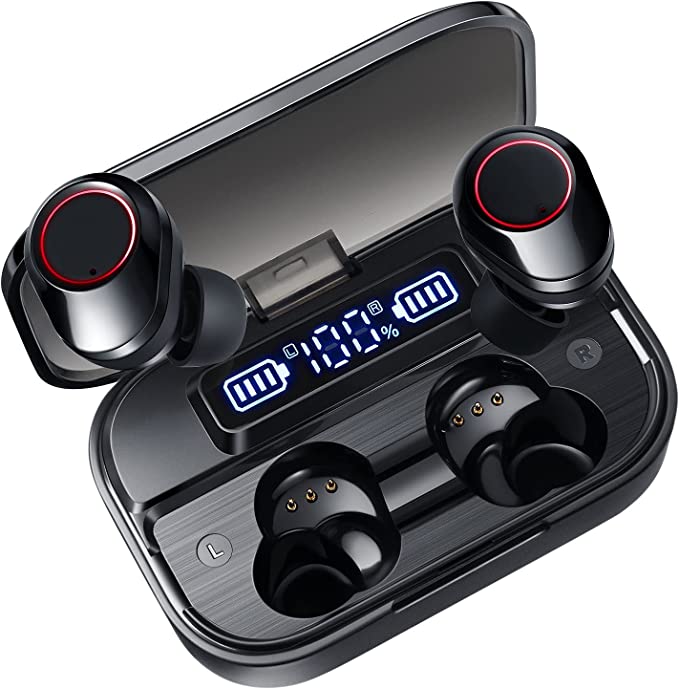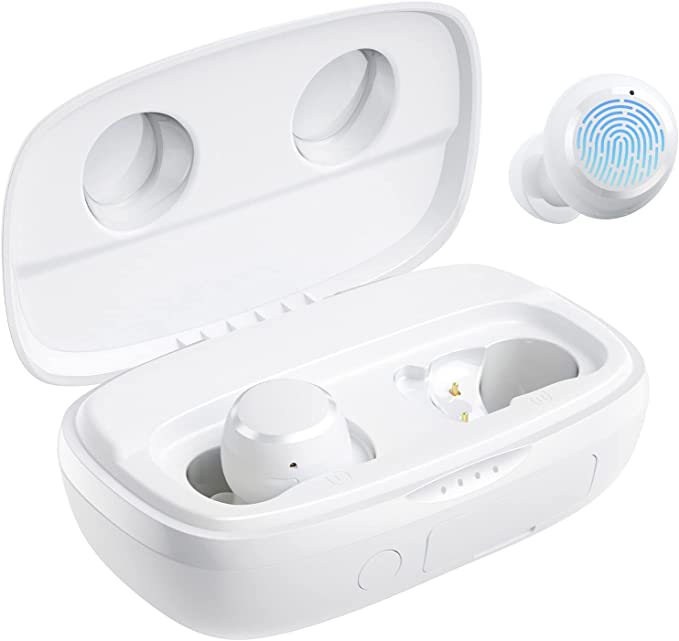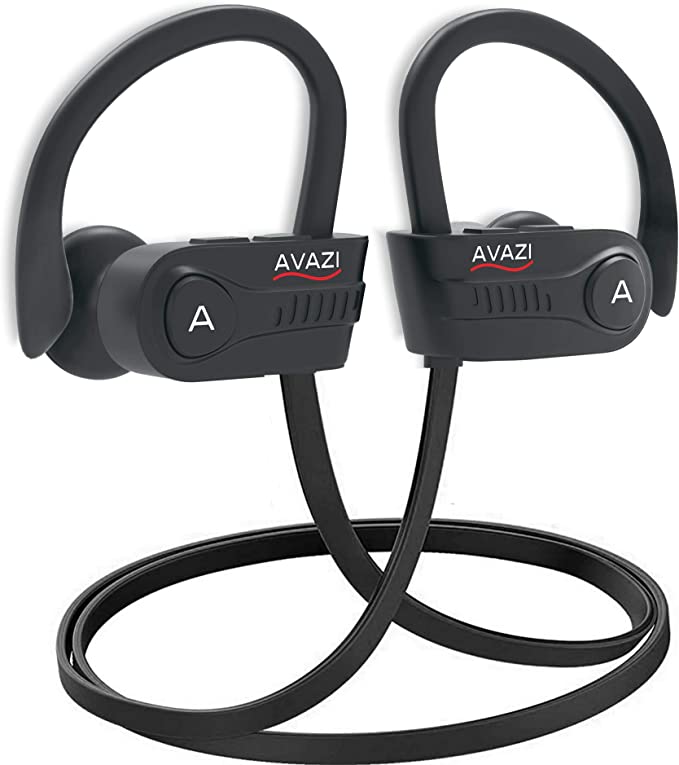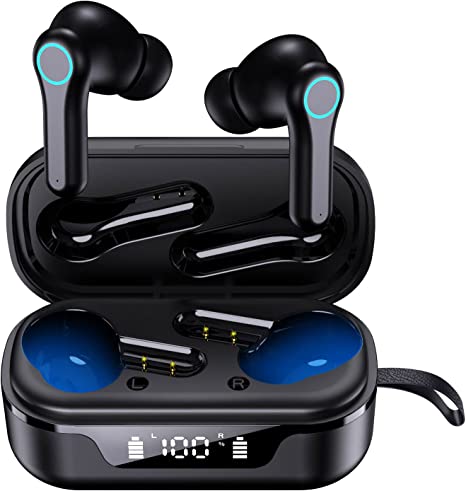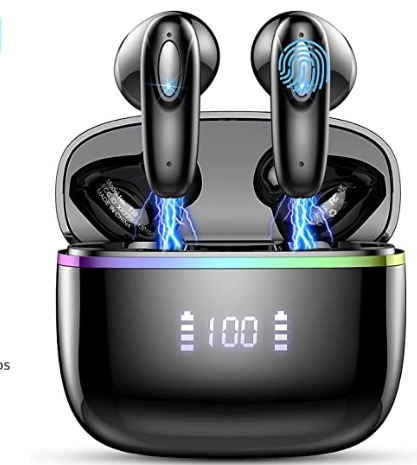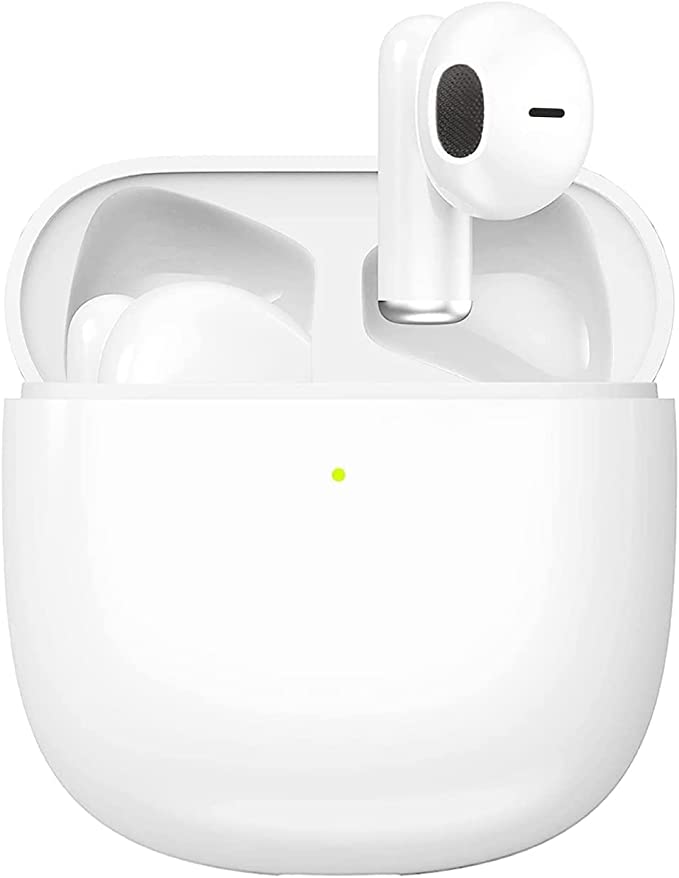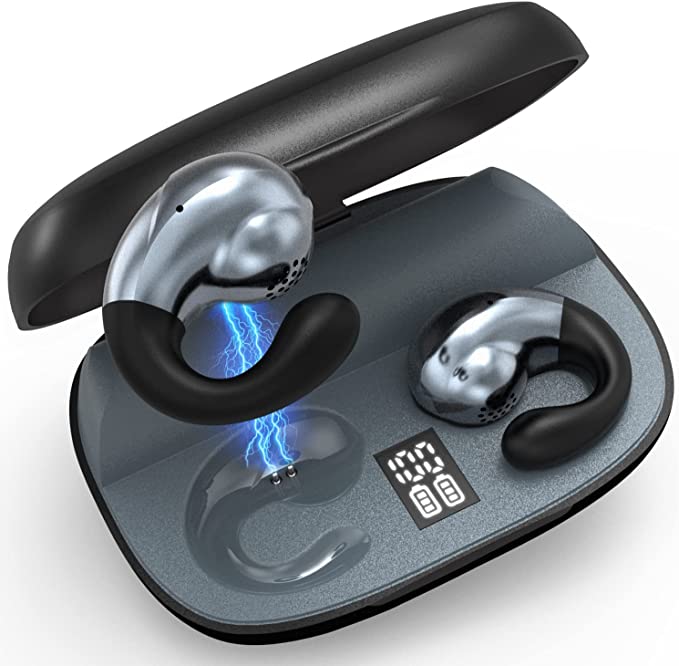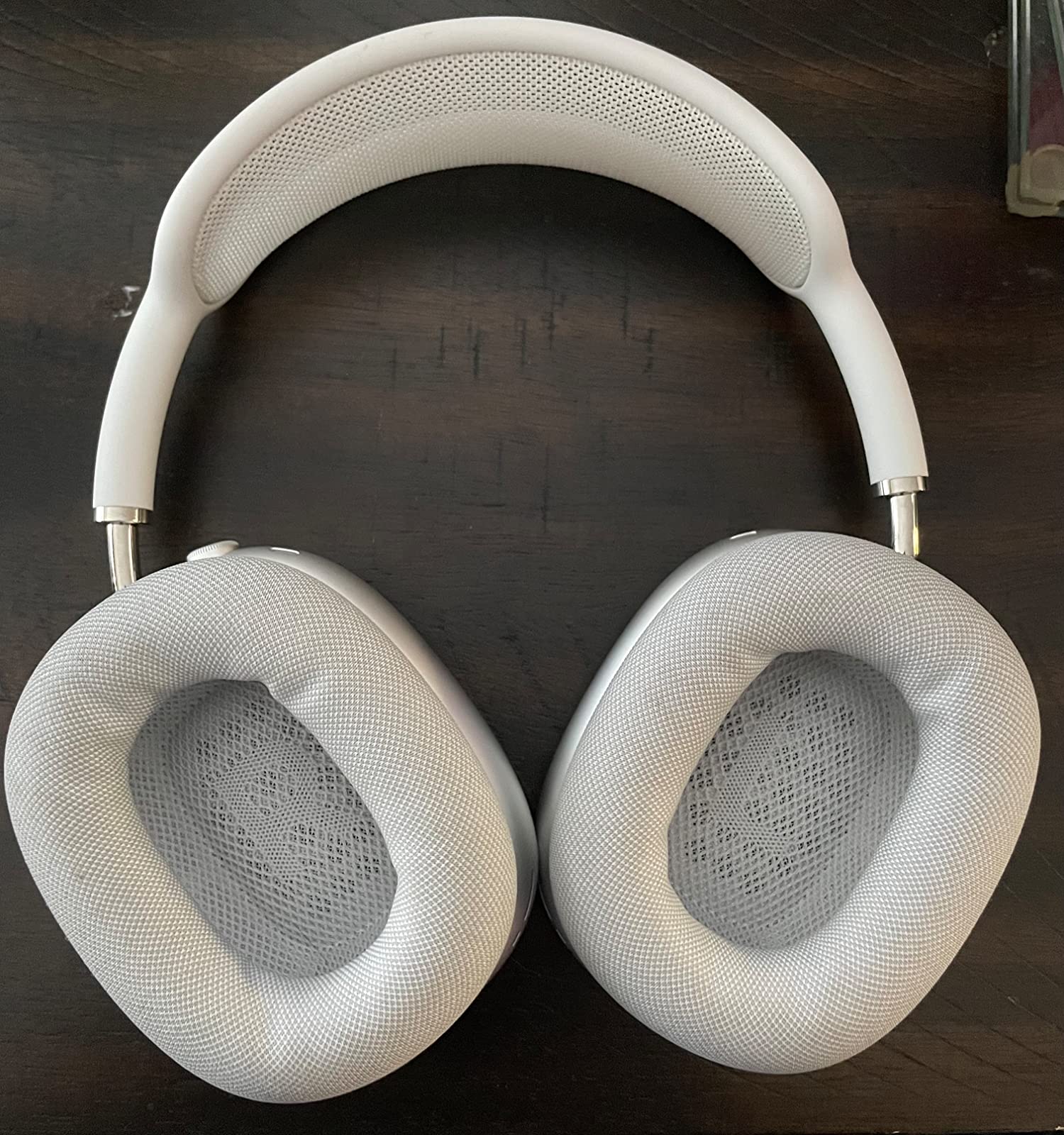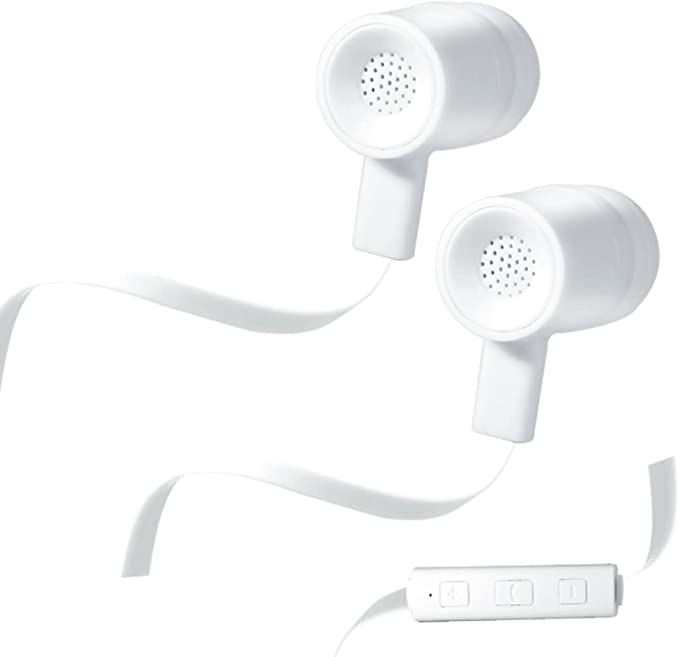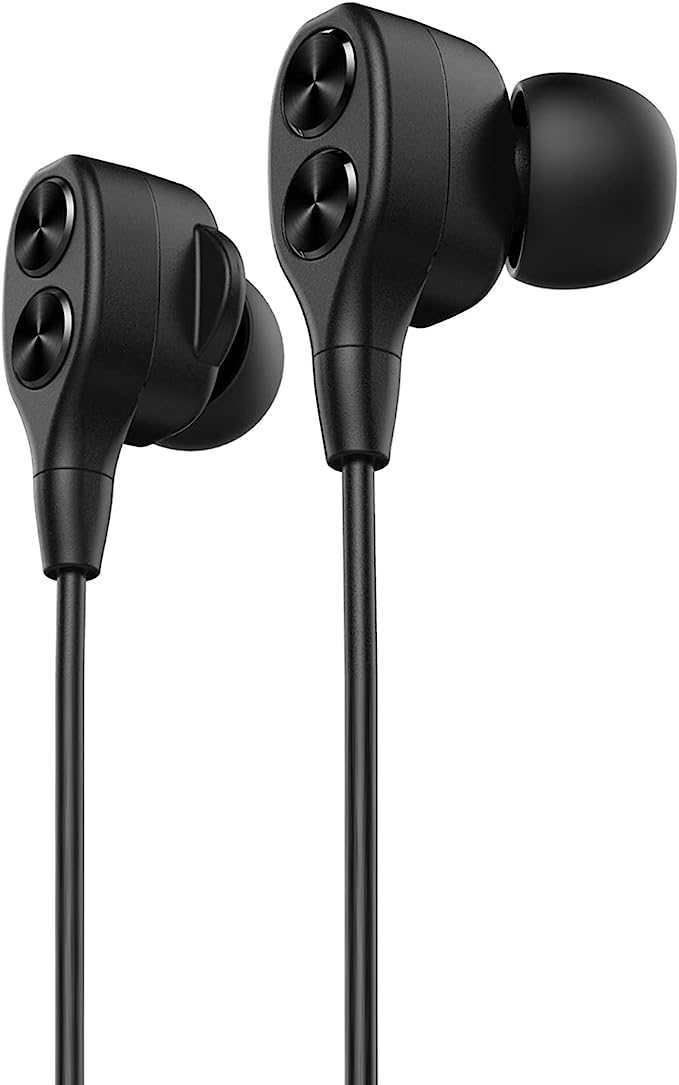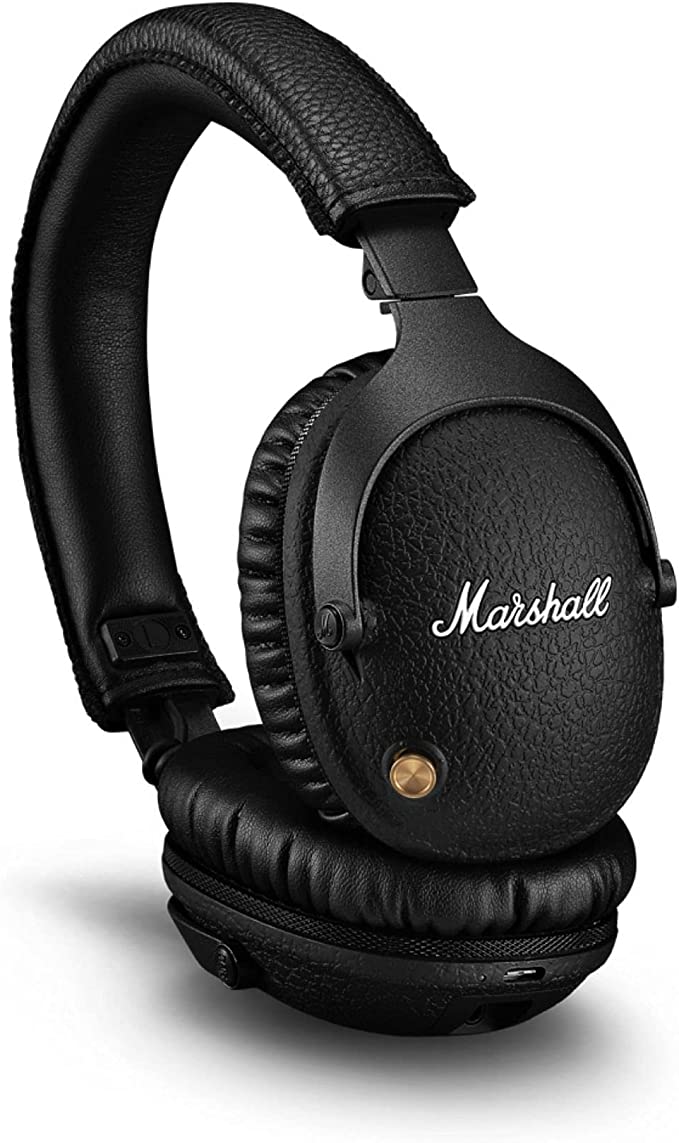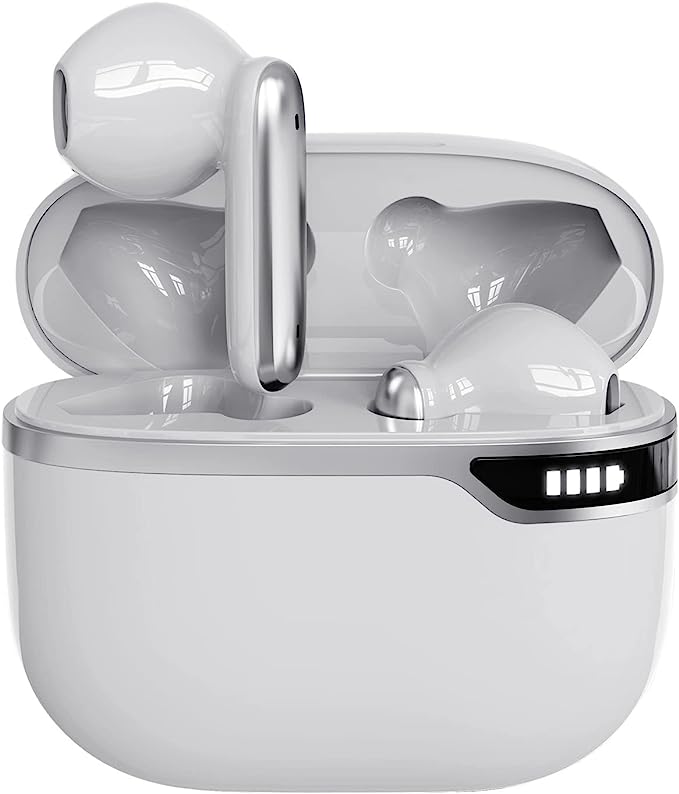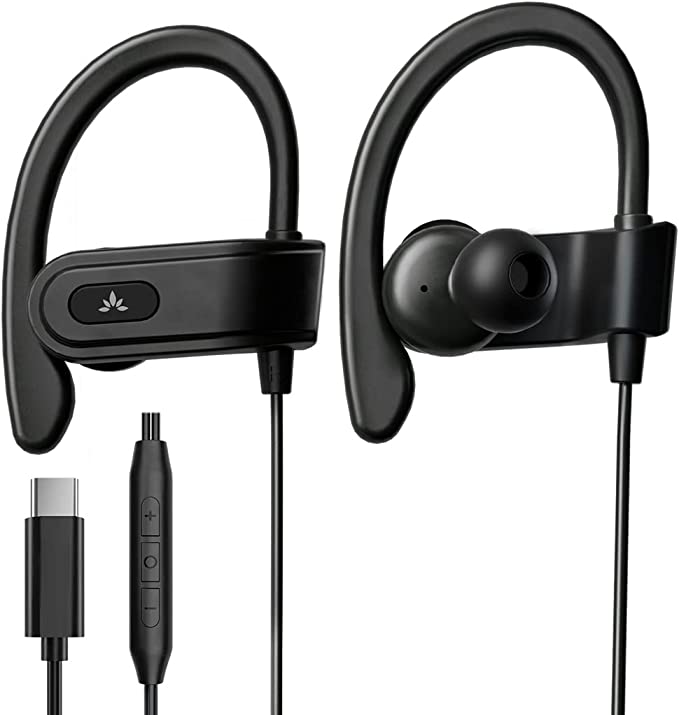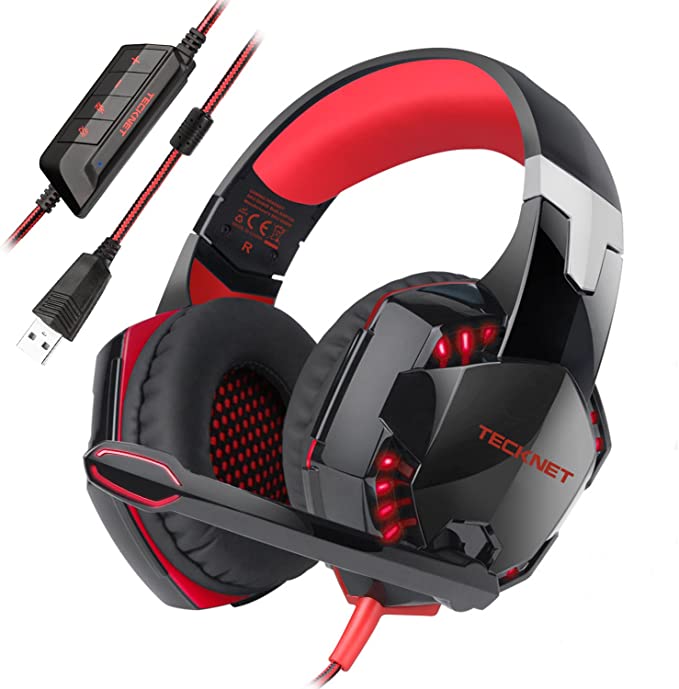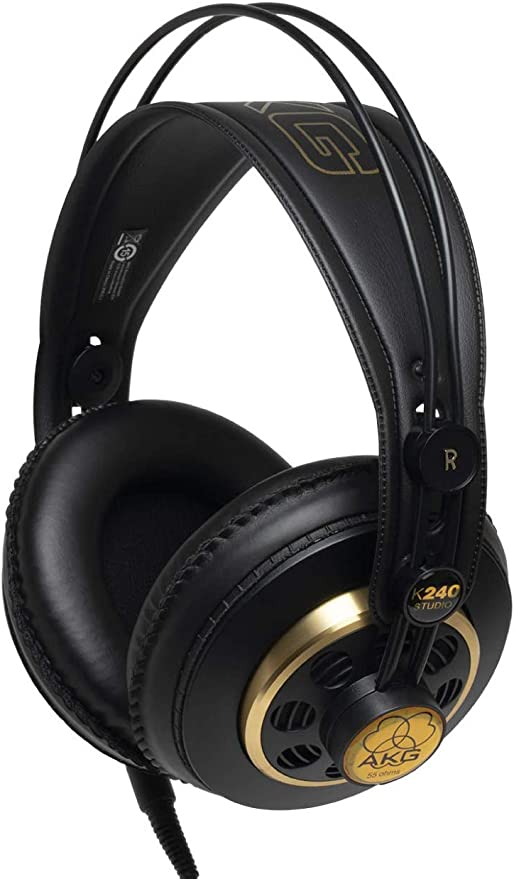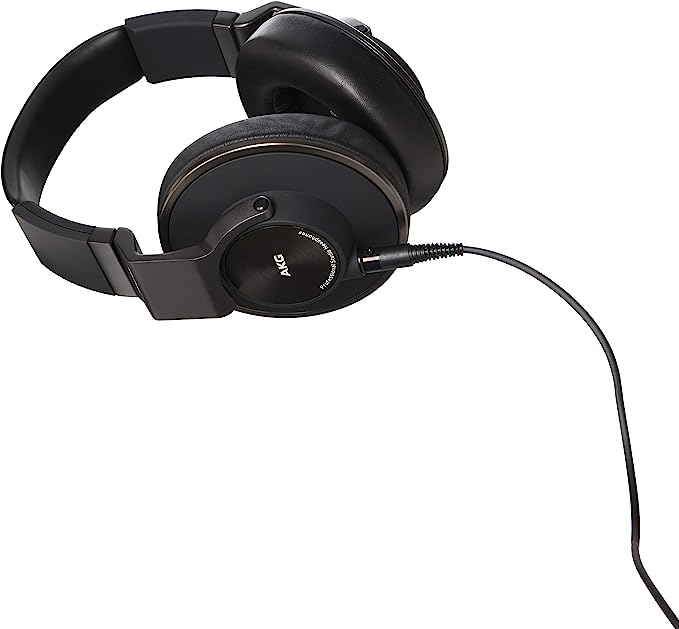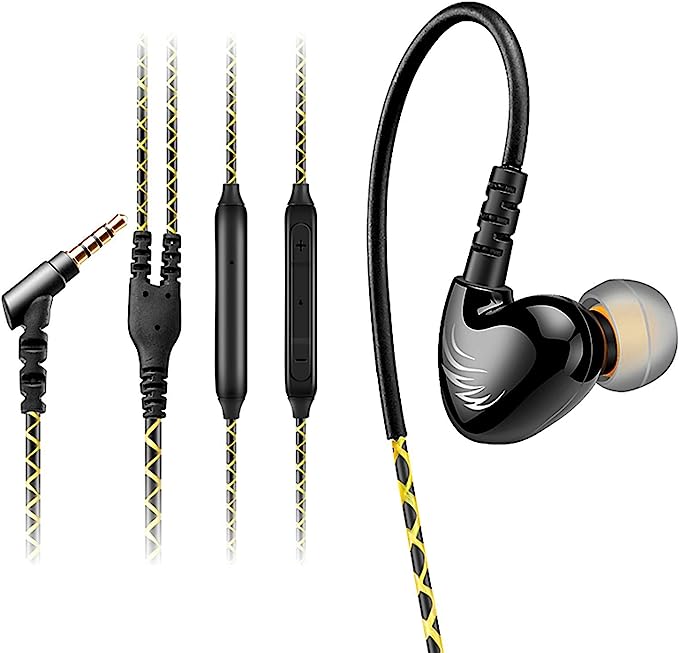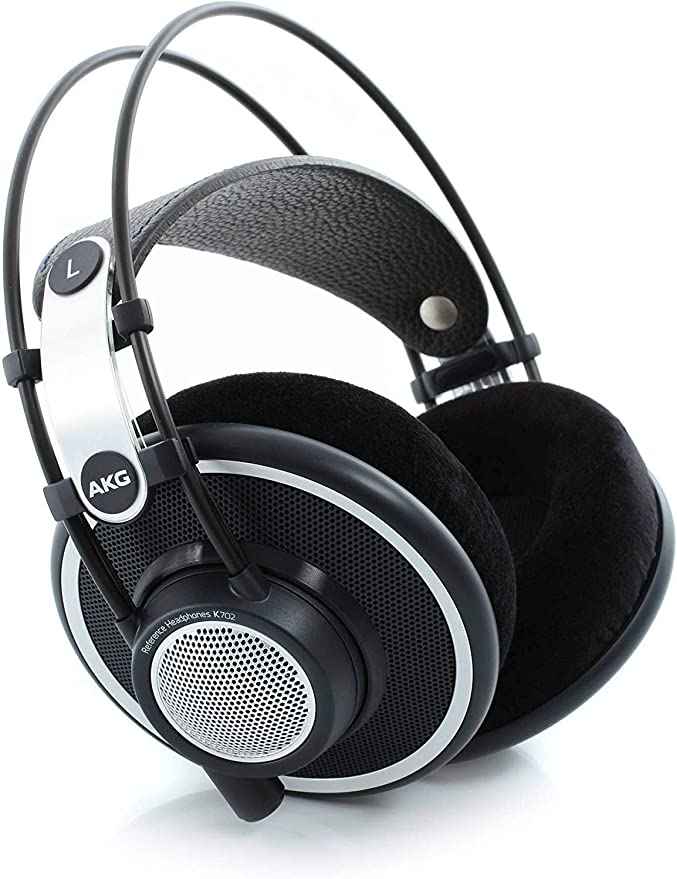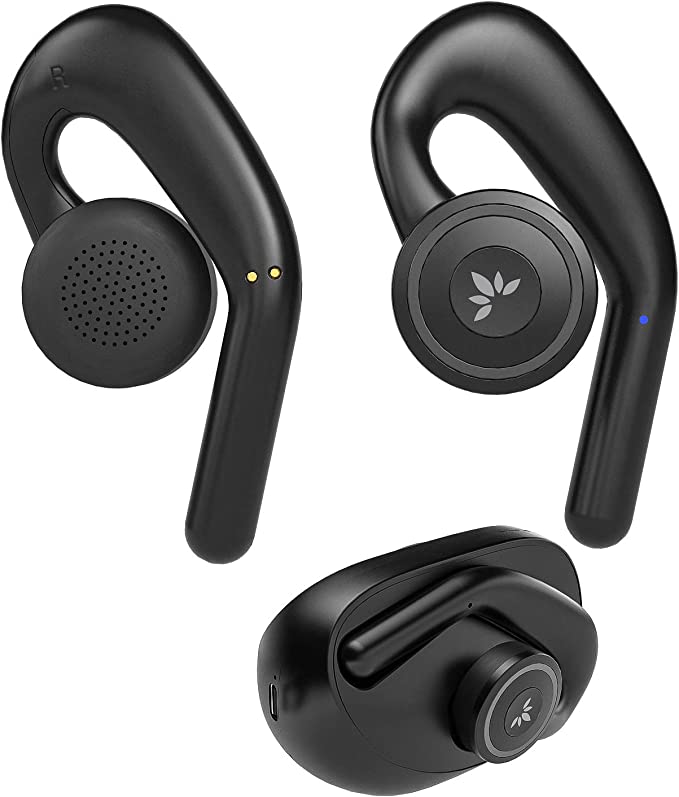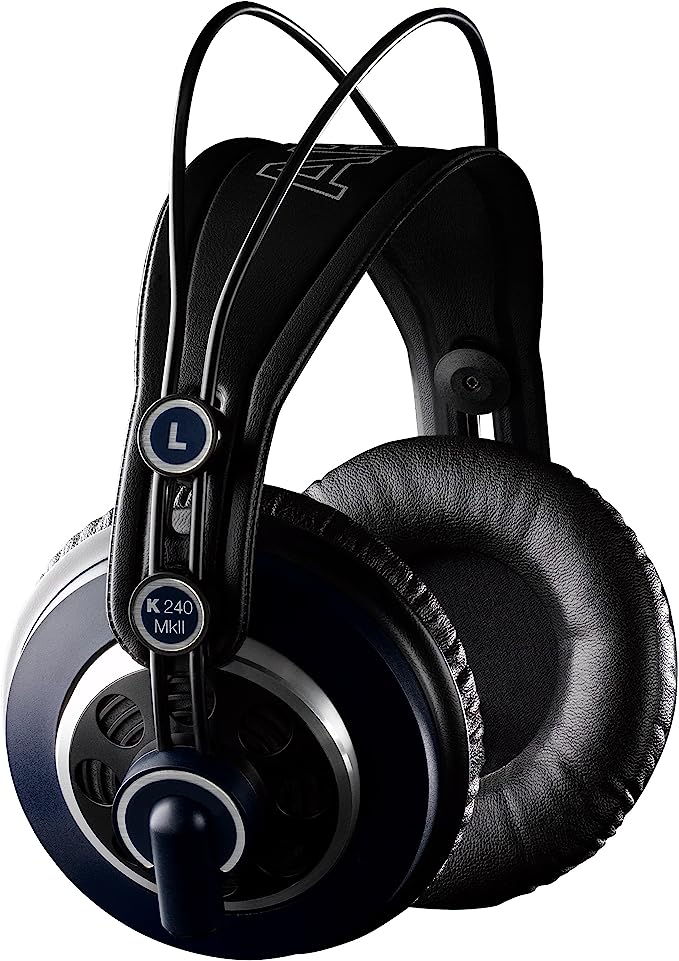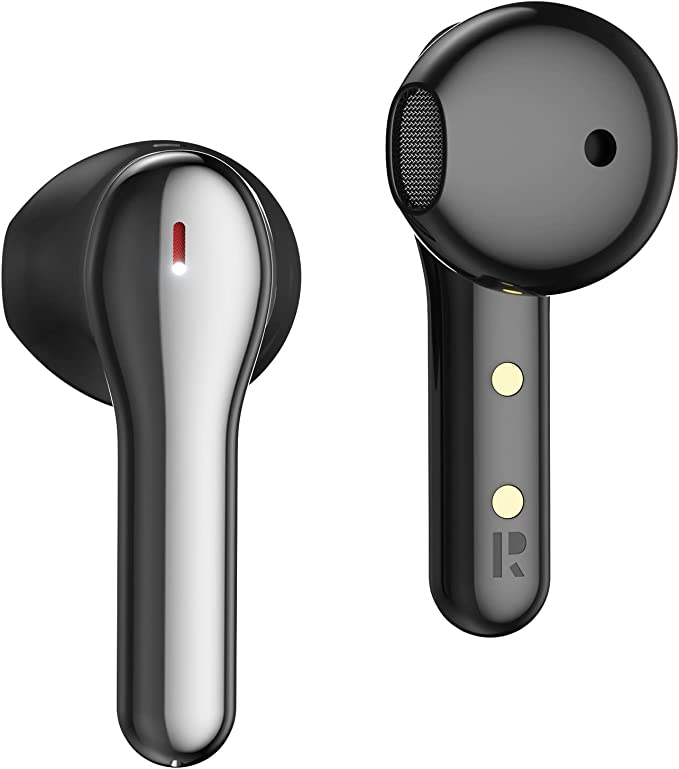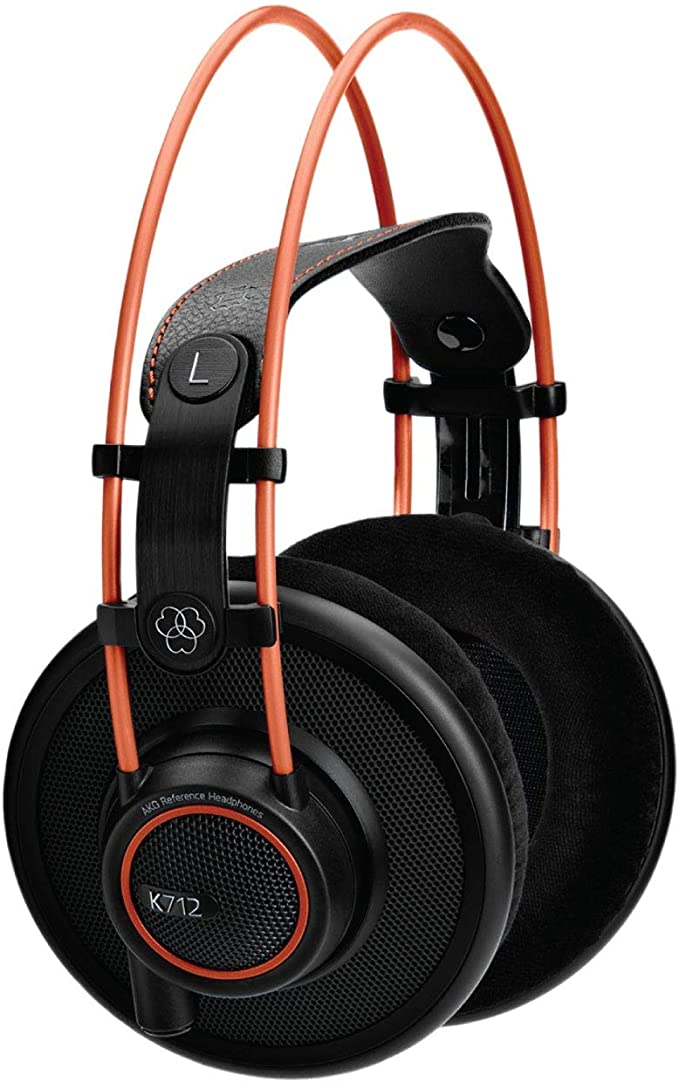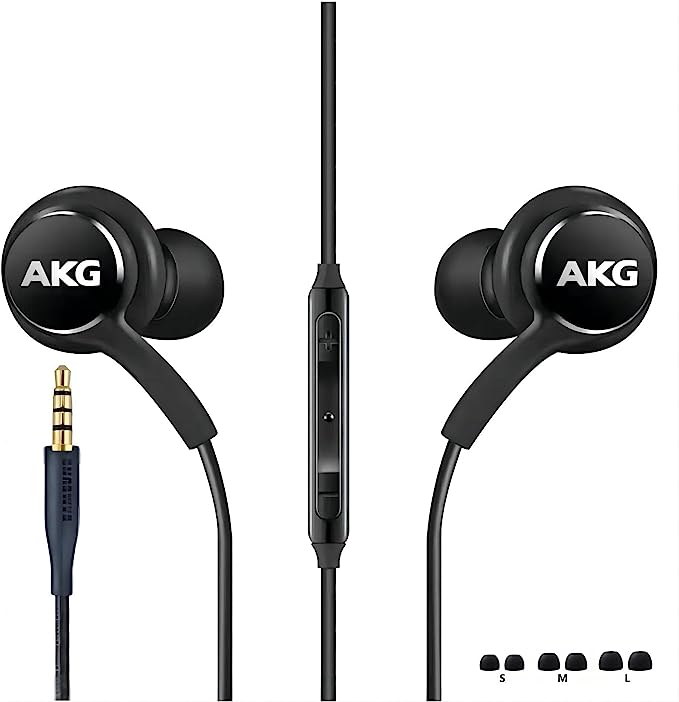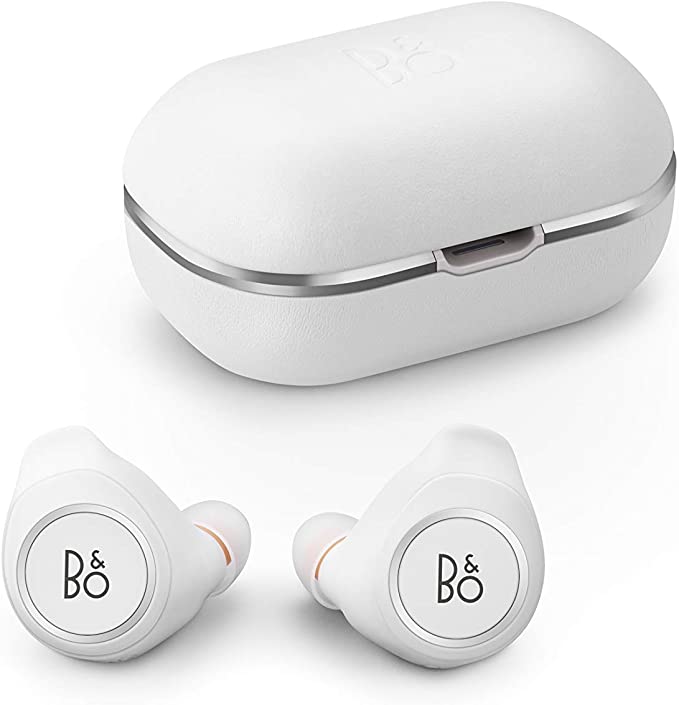Skullcandy Jib True Wireless Earbuds: Unleashing Sound Quality and Freedom
Update on March 7, 2025, 4:36 p.m.
We live in an age of unprecedented wireless freedom. From smartphones to smart homes, we’re constantly cutting cords and embracing the convenience of untethered technology. And nowhere is this more evident than in the world of personal audio. Wireless earbuds have exploded in popularity, transforming how we listen to music, podcasts, and audiobooks. But beneath their sleek and minimalist exteriors lies a complex world of technology. Let’s explore the science that makes these tiny devices possible.
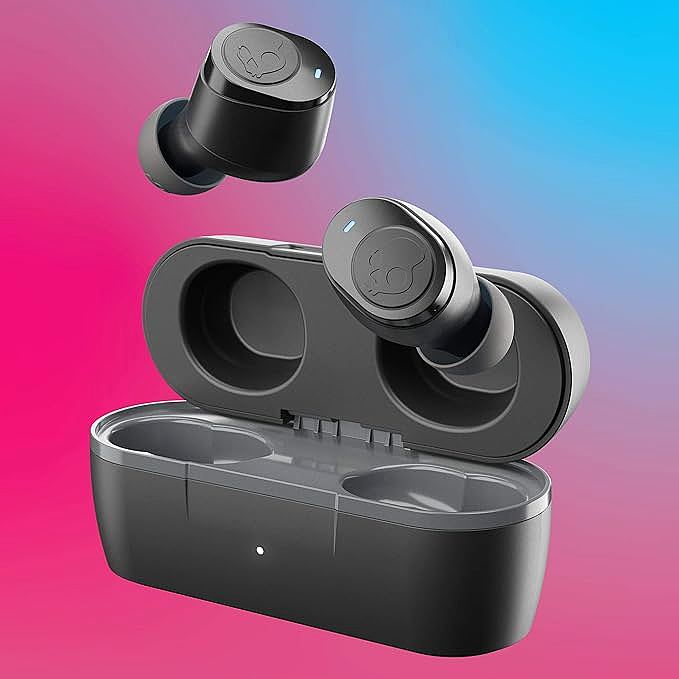
A Brief History of Untethered Sound
The quest for wireless audio isn’t new. Early attempts date back to the early 20th century, with bulky, impractical devices that were more novelty than necessity. The real breakthrough came with the advent of Bluetooth technology in the late 1990s. Bluetooth, named after a 10th-century Danish king, provided a standardized way for devices to communicate wirelessly over short distances.
Initially, Bluetooth headphones were large and expensive, often with a connecting wire between the two earpieces. But as technology advanced, components shrunk, and battery life improved. The arrival of “true wireless” earbuds, with no connecting wires whatsoever, marked a turning point. Suddenly, listening to music on the go became truly seamless and unobtrusive.

Bluetooth: The Unseen Conductor
Bluetooth is the backbone of wireless earbud technology. It’s a short-range wireless communication standard that uses radio waves in the 2.4 GHz frequency band – the same band used by Wi-Fi and other devices. Think of it like an invisible conductor orchestrating the flow of audio data from your phone (or other source device) to your earbuds.
When you pair your earbuds with your phone, they establish a secure, dedicated connection. This pairing process involves a handshake between the devices, where they exchange information and agree on a communication protocol. Once paired, the audio signal is digitized, compressed, and transmitted wirelessly.
Bluetooth has evolved significantly over the years. Newer versions, like Bluetooth 5.0, 5.1, 5.2, and beyond, offer substantial improvements over their predecessors. These improvements include:
- Faster Data Transfer: Higher bandwidth allows for less compression, potentially leading to better audio quality.
- Lower Latency: Reduced delay between the audio source and your ears, crucial for video and gaming.
- Improved Stability: More robust connections with fewer dropouts.
- Lower Power Consumption: Longer battery life for your earbuds.
While the specific Bluetooth version used in the now-discontinued Skullcandy Jib True isn’t confirmed in the readily available information, it’s crucial to remember that newer Bluetooth versions generally offer a superior listening experience. This underscores the constant evolution of technology and how quickly devices can become outdated.
Codecs: The Translators of Sound
Bluetooth is the highway, but codecs are the vehicles that carry the audio data. A codec (short for coder-decoder) is a piece of software that encodes and decodes digital audio. When you stream music wirelessly, your phone’s codec compresses the audio file to make it small enough to transmit efficiently over Bluetooth. Your earbuds then decode this compressed data back into an analog signal that the drivers can convert into sound waves.
Several different Bluetooth codecs exist, each with its own characteristics:
- SBC (Subband Coding): The mandatory, default codec for all Bluetooth devices. It’s relatively simple and doesn’t require much processing power, but its audio quality is often considered the lowest.
- AAC (Advanced Audio Coding): Commonly used by Apple devices. It offers better sound quality than SBC at similar bitrates.
- aptX (and its variants): Developed by Qualcomm, aptX aims for higher fidelity audio with lower latency than SBC. There are several variations, including aptX HD and aptX Adaptive.
The choice of codec significantly impacts the final audio quality. If your phone and earbuds both support a higher-quality codec like AAC or aptX, you’ll generally experience better sound than if they’re limited to SBC.
Drivers: The Heart of the Headphone
The driver is the component that actually creates the sound you hear. It’s essentially a tiny loudspeaker inside each earbud. Most wireless earbuds use dynamic drivers. These drivers work on the same principle as a full-size speaker:
- An electrical signal from the amplifier (powered by the battery) travels to a coil of wire (the voice coil) attached to a diaphragm (a thin, flexible membrane).
- The voice coil sits within a magnetic field.
- When the electrical signal passes through the voice coil, it creates a fluctuating magnetic field.
- This fluctuating field interacts with the permanent magnet, causing the voice coil (and the attached diaphragm) to vibrate.
- These vibrations create sound waves that travel to your ear.
The size, materials, and construction of the dynamic driver all influence the sound signature of the earbuds. Larger drivers can often produce deeper bass, while different diaphragm materials can affect the clarity and detail of the sound. Although we don’t have the specific driver specifications for the Jib True, it’s highly likely they utilized dynamic drivers, given their prevalence in this type of earbud.

The Power Within: Battery Technology
Wireless earbuds, by their very nature, need a built-in power source. This is where lithium-ion or lithium-polymer batteries come in. These rechargeable batteries are favored for their high energy density – meaning they can store a lot of power in a small, lightweight package.
Several factors affect battery life:
- Battery Capacity: Measured in milliampere-hours (mAh), this indicates how much charge the battery can hold.
- Bluetooth Version: Newer Bluetooth versions are more power-efficient.
- Codec: Higher-quality codecs often require more processing power, draining the battery faster.
- Listening Volume: Louder volumes consume more power.
- Active Noise Cancellation (ANC): If present, ANC significantly impacts battery life.
The Skullcandy Jib True claimed a total battery life of 22 hours, with a breakdown of 6 hours from the earbuds and 16 hours from the charging case. The charging time for the earbuds or case is said to be 6 hours. It is crucial to note that battery life claims are often based on ideal conditions and may vary in real-world usage. User reviews for the Jib True offered a mixed bag, with some praising the longevity and others finding it shorter than expected.

Silence is Golden (Sometimes): Noise Isolation and Cancellation
One of the key benefits of in-ear headphones is their ability to block out external noise. This is known as passive noise isolation. The physical seal created by the ear tips in your ear canal prevents sound waves from entering, creating a quieter listening environment. The effectiveness of passive isolation depends on the fit and material of the ear tips.
Active noise cancellation (ANC), on the other hand, is a more sophisticated technology. ANC headphones use microphones to pick up external noise, and then generate an “anti-noise” signal that cancels out the unwanted sound waves. While highly effective, ANC adds to the cost and complexity of the earbuds and significantly impacts battery life.
The Skullcandy Jib True relied on passive noise isolation. While not as effective as ANC, a good seal with the correct ear tips could provide a decent level of noise reduction, particularly for consistent, low-frequency sounds like the rumble of a bus engine.

Microphone: Capturing Your Voice
Most wireless earbuds, including the Jib True, incorporate a microphone for making phone calls and using voice assistants. These microphones are typically tiny MEMS (Micro-Electro-Mechanical Systems) microphones. MEMS microphones are incredibly small, power-efficient, and durable, making them ideal for use in portable devices.
Here’s a simplified explanation of how a MEMS microphone works:
- Sound Waves: Sound waves entering the microphone cause a thin diaphragm to vibrate.
- Capacitance Change: This diaphragm is positioned close to a stationary backplate, forming a capacitor. The vibration of the diaphragm changes the distance between the diaphragm and the backplate, thus changing the capacitance.
- Electrical Signal: This change in capacitance is converted into a varying electrical signal that represents the sound wave.
- Digital conversion. This signal is subsequently amplified and made digital.
The quality of the microphone, its placement on the earbud, and any noise-reduction algorithms employed significantly impact call quality. The Jib True’s microphone performance received mixed reviews. Some users found it adequate for casual calls, while others reported issues with clarity and sound cutting out, particularly in noisy environments. This highlights a common trade-off in budget-friendly wireless earbuds: prioritizing features like sound quality and battery life over microphone performance.
Earbud Tips: The Unsung Heroes of Comfort and Sound
Often overlooked, earbud tips play a crucial role in both comfort and sound quality. They create the seal within your ear canal that provides passive noise isolation and ensures a secure fit. Most earbuds come with a variety of tip sizes (typically small, medium, and large) and sometimes different materials (silicone being the most common).
Finding the right ear tip size is essential. A tip that’s too small won’t provide a proper seal, leading to poor bass response and increased external noise. A tip that’s too large will be uncomfortable and may even cause pain. Experimenting with the different sizes is crucial to find the best fit for your ears.
The material of the ear tips also matters. Silicone tips are durable, easy to clean, and provide a good seal. Foam tips, often made from memory foam, can offer even better isolation and comfort, but they tend to wear out more quickly.
Choosing Your Wireless Companions: A Quick Guide
With so many wireless earbuds on the market, choosing the right pair can feel daunting. Here’s a quick guide to help you navigate the options:
- Sound Quality: This is subjective, but consider your listening preferences. Do you prefer a bass-heavy sound, a balanced sound, or a more detailed, analytical sound? Read reviews and, if possible, try out different earbuds before you buy.
- Battery Life: How long do you need your earbuds to last on a single charge? Consider your typical usage patterns. If you’re a frequent traveler or long-distance commuter, longer battery life is essential.
- Comfort and Fit: Make sure the earbuds are comfortable to wear for extended periods. Look for models that come with multiple ear tip sizes.
- Features: Do you need active noise cancellation? Water resistance? A built-in microphone for calls? Prioritize the features that are most important to you.
- Budget: Wireless earbuds range in price from under $20 to hundreds of dollars. Set a budget and stick to it.
- Bluetooth Version and Codecs: Higher versions and better codecs are desirable.
The Future is Wireless: Trends in Wireless Earbud Technology
The world of wireless earbuds is constantly evolving. Here are some of the key trends to watch for:
- Improved Battery Life: Expect longer battery life from both the earbuds and the charging case.
- Enhanced Audio Quality: Advances in driver technology and codecs will continue to push the boundaries of sound quality.
- Smarter Noise Cancellation: ANC is becoming more sophisticated and adaptive, with features like transparency mode (allowing you to hear your surroundings without removing your earbuds).
- Spatial Audio: Technologies that create a more immersive, three-dimensional soundstage are gaining traction.
- Lower Latency: Reduced delay is crucial for gaming and video, and new Bluetooth technologies are addressing this.
- Health and Fitness Tracking: Some earbuds are incorporating sensors to track heart rate, activity levels, and even sleep patterns.
- AI Integration: Voice assistants are becoming more integrated, and we may see earbuds with more advanced AI-powered features.
- Sustainability: More attention is paid to environmentally friendly manufacturing.
Sound, Ears, and Headphones: A Deeper Dive
To truly appreciate the technology behind wireless earbuds, it’s helpful to understand the basics of sound and hearing.
Sound is a form of energy that travels in waves. These waves are created by vibrations – whether it’s a guitar string, a vocal cord, or the diaphragm of a headphone driver. Sound waves have two key properties:
- Frequency: The number of vibrations per second, measured in Hertz (Hz). Frequency determines the pitch of the sound. Higher frequencies correspond to higher pitches (like a whistle), and lower frequencies correspond to lower pitches (like a bass drum).
- Amplitude: The intensity of the vibration, measured in decibels (dB). Amplitude determines the loudness of the sound.
The human ear is a remarkable organ that converts sound waves into electrical signals that the brain can interpret. Here’s a simplified overview of the process:
- Outer Ear: The outer ear (the part you can see) collects sound waves and funnels them into the ear canal.
- Eardrum: The sound waves cause the eardrum (a thin membrane) to vibrate.
- Middle Ear: Three tiny bones in the middle ear (the malleus, incus, and stapes) amplify these vibrations.
- Inner Ear: The amplified vibrations reach the cochlea, a fluid-filled, snail-shaped structure. Inside the cochlea, tiny hair cells convert the vibrations into electrical signals.
- Auditory Nerve: These electrical signals travel along the auditory nerve to the brain, where they are interpreted as sound.
Headphones, including wireless earbuds, bypass the outer ear and deliver sound directly to the ear canal. This is why it’s crucial to be mindful of listening volume – prolonged exposure to loud sounds can damage the delicate hair cells in the cochlea, leading to hearing loss.
Conclusion
Wireless earbuds, like the Skullcandy Jib True, represent a remarkable convergence of technologies – Bluetooth communication, digital audio processing, miniature acoustics, and advanced battery technology. While the Jib True itself may no longer be available, the underlying principles it embodies continue to shape the ever-evolving landscape of personal audio. By understanding the science behind these devices, you can make more informed choices and appreciate the intricate engineering that brings music to your ears, wirelessly and effortlessly.
